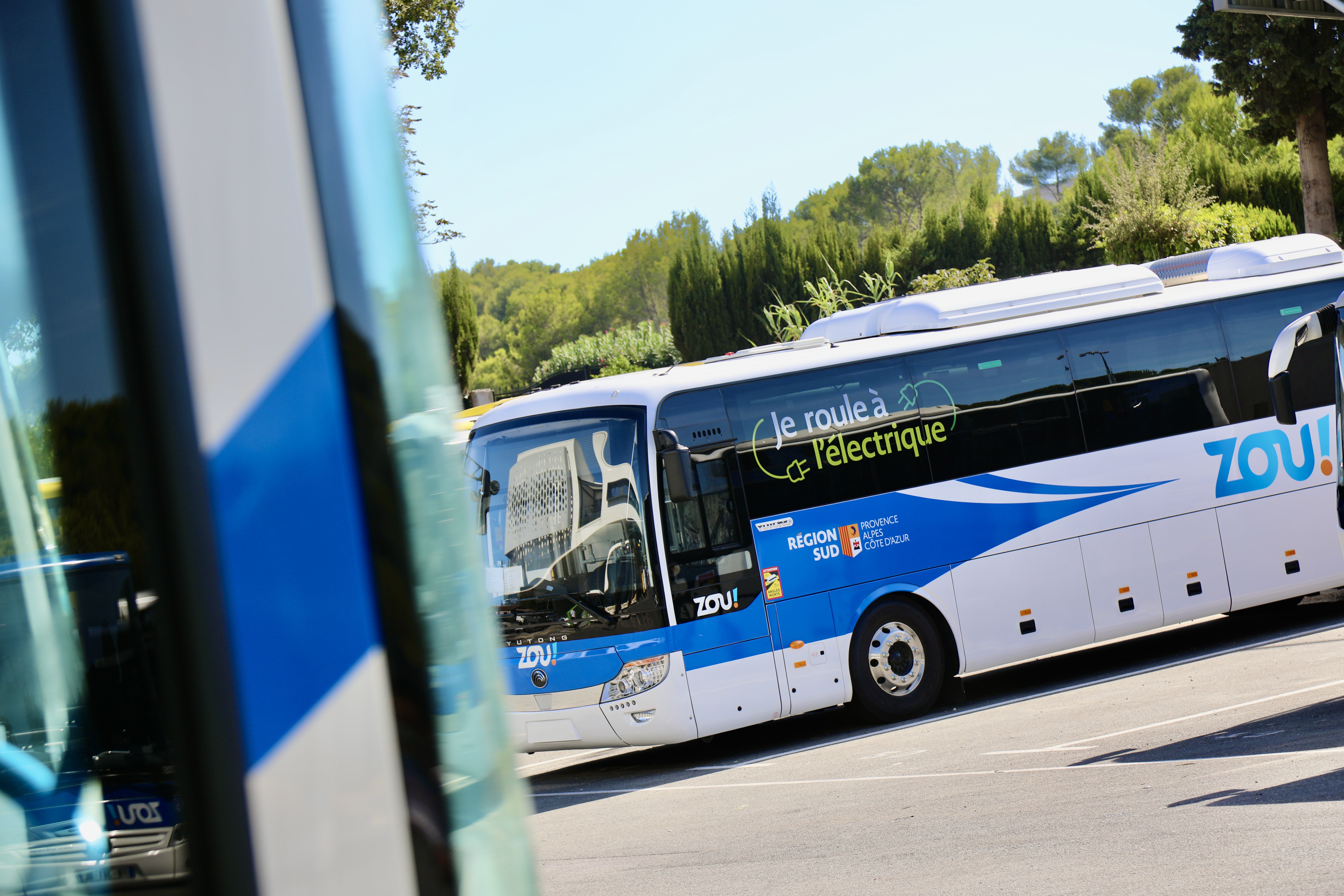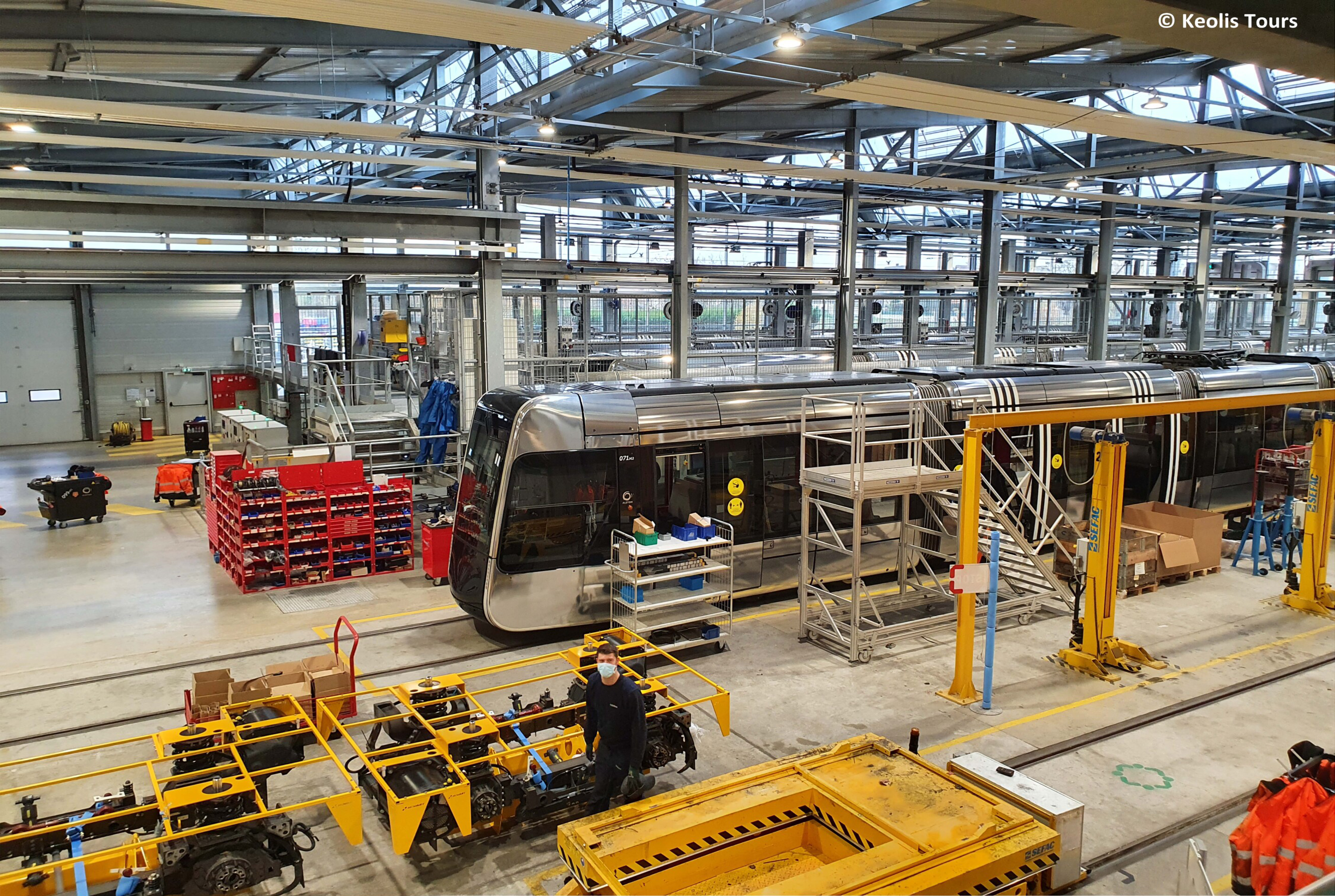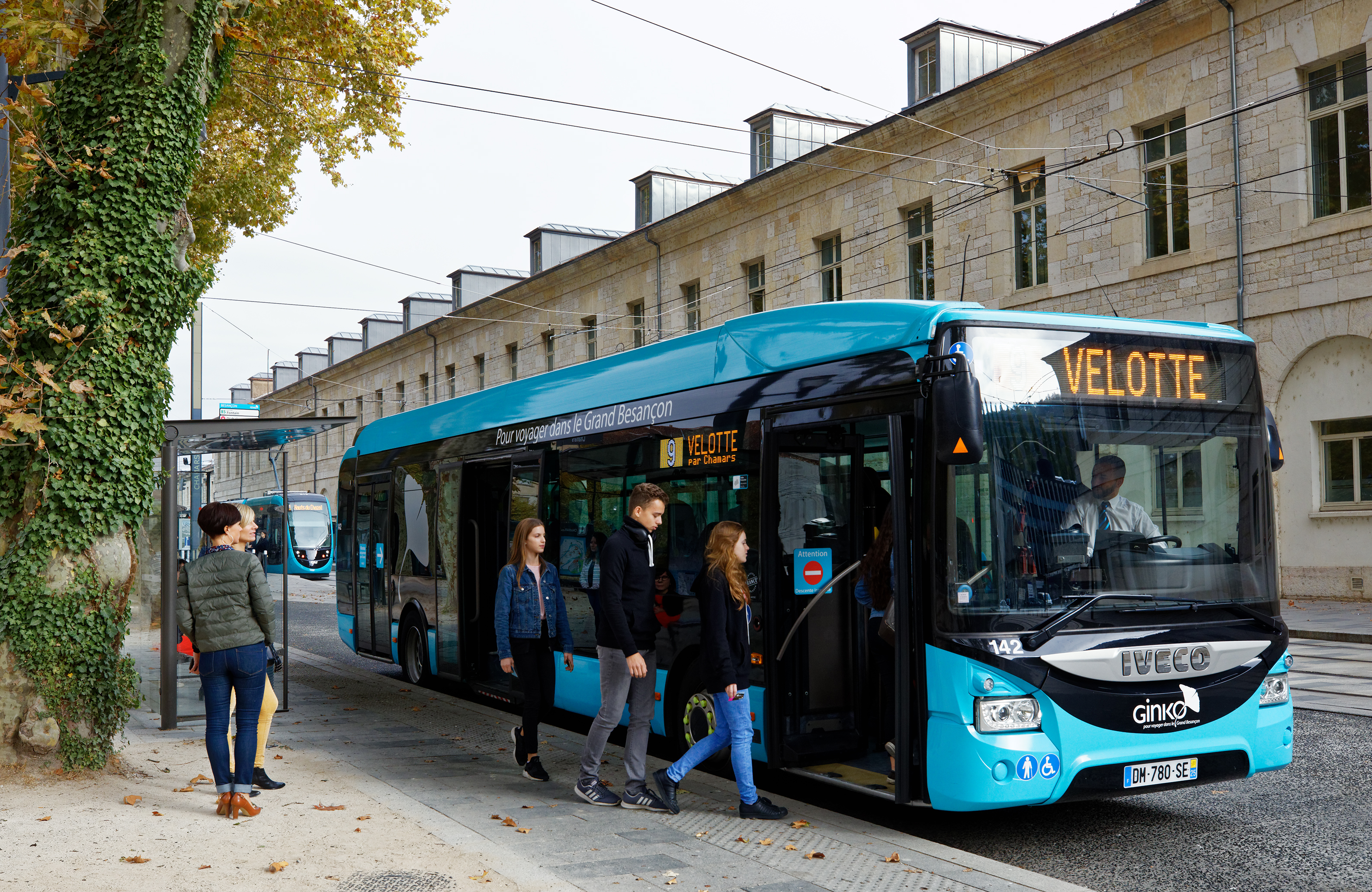In the race to decarbonize public transport, the energy transition of bus fleets is accelerating. Around the world, initiatives are emerging to ensure efficient, resilient, low-carbon services that meet passenger expectations. Here's a review of the major innovations Keolis is implementing to further increase the appeal and efficiency of virtuous transport in the face of polluting alternatives.
Today, buses are at the core of a technological revolution designed to meet the sector's new challenges. In France, the Southern Region is particularly committed to reduce the environmental impact of its non-urban transport networks, which carry no less than 12 million passengers a year. For example, last October saw the inauguration of new 100% clean, 100% ZOU! bus lines in Antibes. Partly operated by Keolis Alpes-Maritimes, the ZOU! network will eventually include nearly 140 electric vehicles, 107 of which are already on the road. In 2024, 16 double-decker electric vehicles will be added to the fleet, along with 25 buses running on natural gas. Thanks to this operation, the network expects to reduce its CO₂ emissions by 105,000 tonnes over eight years to achieve one of the objectives of the Southern Region's "Gardons une COP d'avance" Climate Plan, which aims for carbon neutrality by 2050.
To encourage passengers to opt for public transport, these lines offer an optimal experience: new fleet, accessible on-board wifi and reading app. Manufactured by IVECO-Heuliez, the electric buses offer a number of advantages, such as flat floors for easy access, batteries with a range of 200-300 km, and reduced noise levels for greater comfort for passengers and drivers.

In Pomona, in the Los Angeles County area, Keolis operates the country's largest network of hydrogen fuel cell buses. Today, 33 vehicles of this type operate on line 291, the first three having been delivered at the end of 2022. This technology emits only water vapor, and no greenhouse gases or pollutants are generated on site. In addition, it offers several advantages over electric buses: greater autonomy and a faster recharging mode, which puts no additional pressure on regional electricity production.
Fleets around the world are being transformed. And to meet the expectations of passengers, drivers and transit authorities, a holistic approach is needed. More environmentally-friendly propulsion systems, optimized maintenance techniques, upgraded infrastructures... networks are going green. Welcome to the bus generation.


